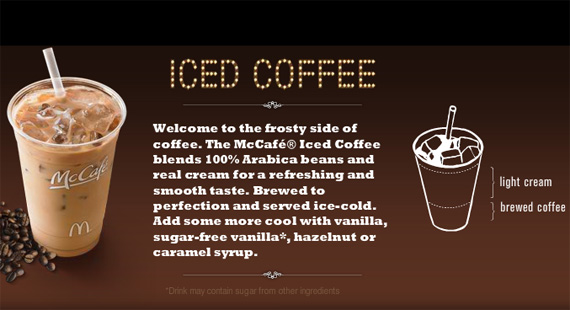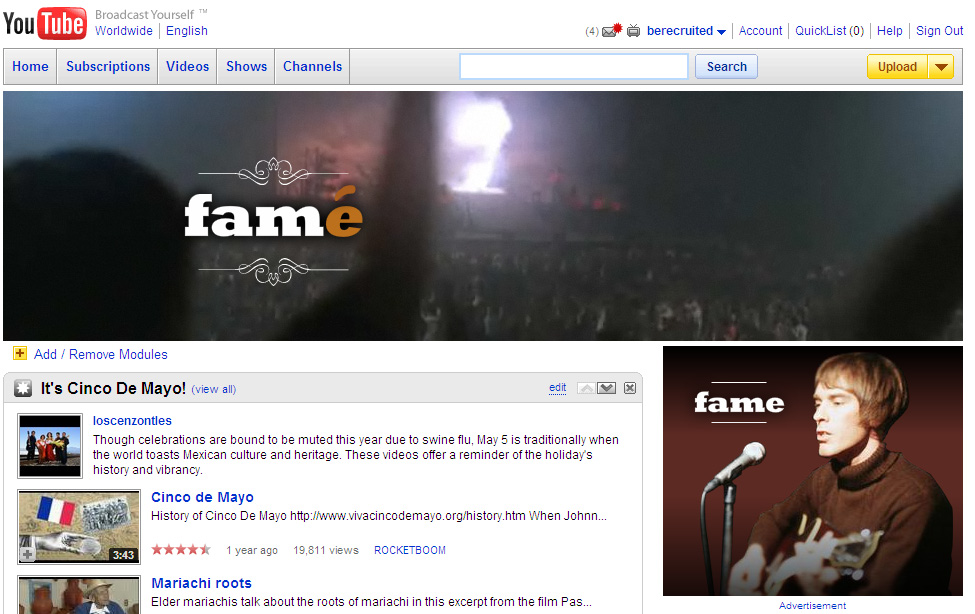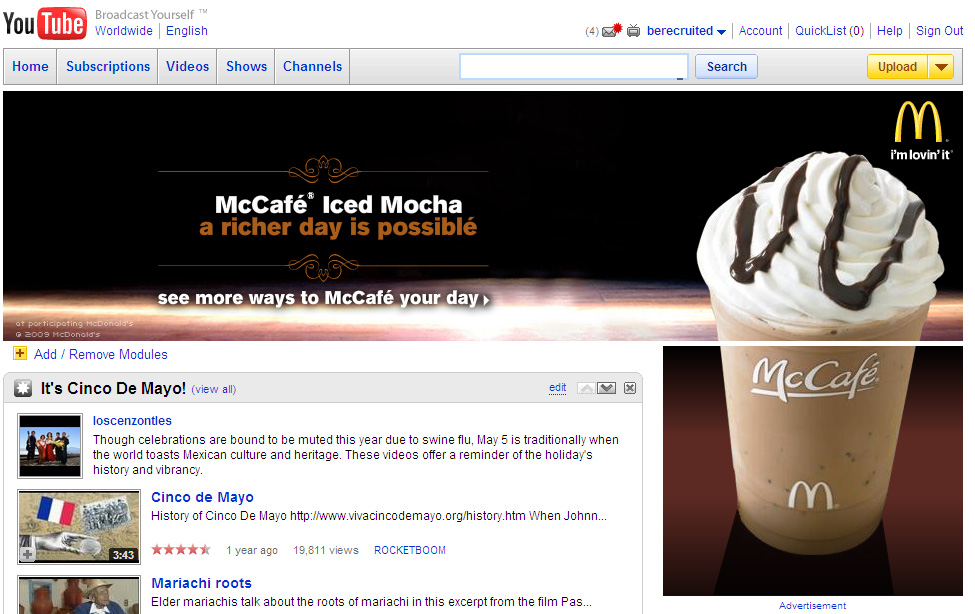The best advice I can give to entrepreneurs: create value. If your tool, service or product creates value for its users, it will be successful. It might not be instantaneous. It might take time to arrive upon the right business model. And there might still be growing pains... But by creating value for your users (whether a service, product, content, etc), they will make sure you succeed.
beRecruited as always been focused on a very particular goal: improve the recruiting space by effectively connecting high school athletes and NCAA coaches. There have been opportunities to venture in other directions (related and unrelated) - but we have always been driven by that initial goal. And that focus has enabled us to create the best recruiting tools and community... and thus become an essential, valuable service for our users. The most satisfying press is when the story focuses on the athlete and how they used beRecruited to successfully find a college and/or scholarship. Tonight's Bugle-Observer ran a story of Jocelyn Lockhart of Bath - a college-bound track-and-field athlete who will be attending Southern Mississippi on a $90,000 scholarship thanks to beRecruited:
Jocelyn Lockhart of Bath, one of the Atlantic Provinces' top short- and long-course runners, will be heading south in the coming weeks to continue her top-flight career in track-and-field.
The elite athlete, who is currently a Grade 12 student at Carleton North High School (CNHS) in Florenceville-Bristol and a member of the highly-regarded ASEA club out of Moncton, has been awarded a $90,000 scholarship to attend Southern Mississippi on a four-year deal at the prestigious NCAA university...
"The main part of this process which led me to receive this scholarship started when I was made aware of a recruiting website for high school athletes called berecruited.com," she explained.
"I signed up there, but I also sent out letters to schools I was interested in. I eventually narrowed down my choices to Southern Mississippi, the University of Connecticut, and the University of Maine at Orono."
Congratulations Jocelyn!

 There is only one Apple rumor I care about (
There is only one Apple rumor I care about (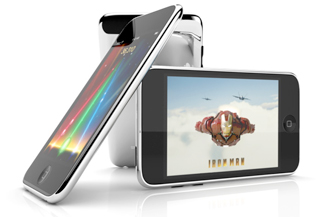

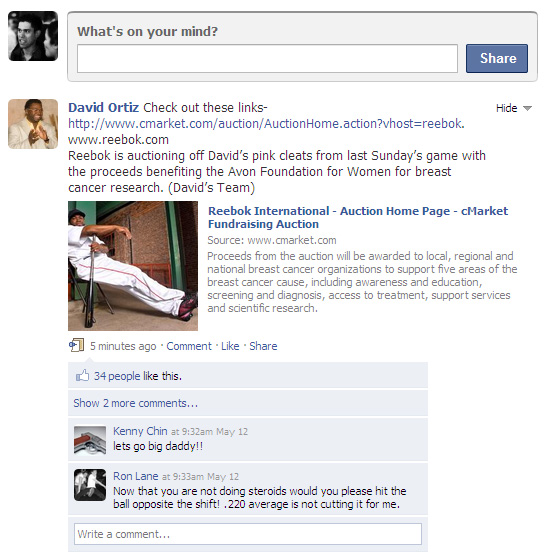
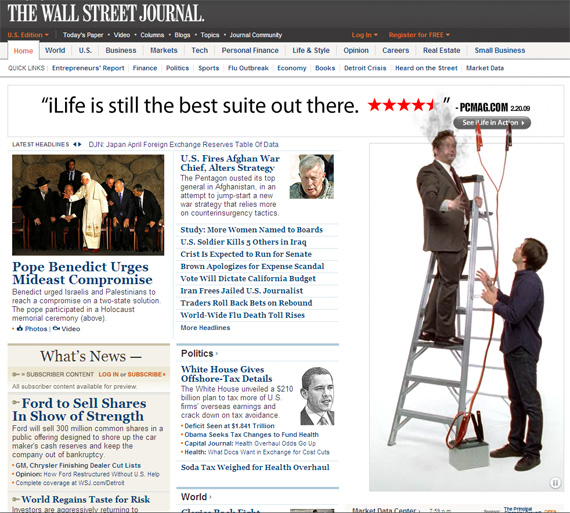
 2.
2. 


